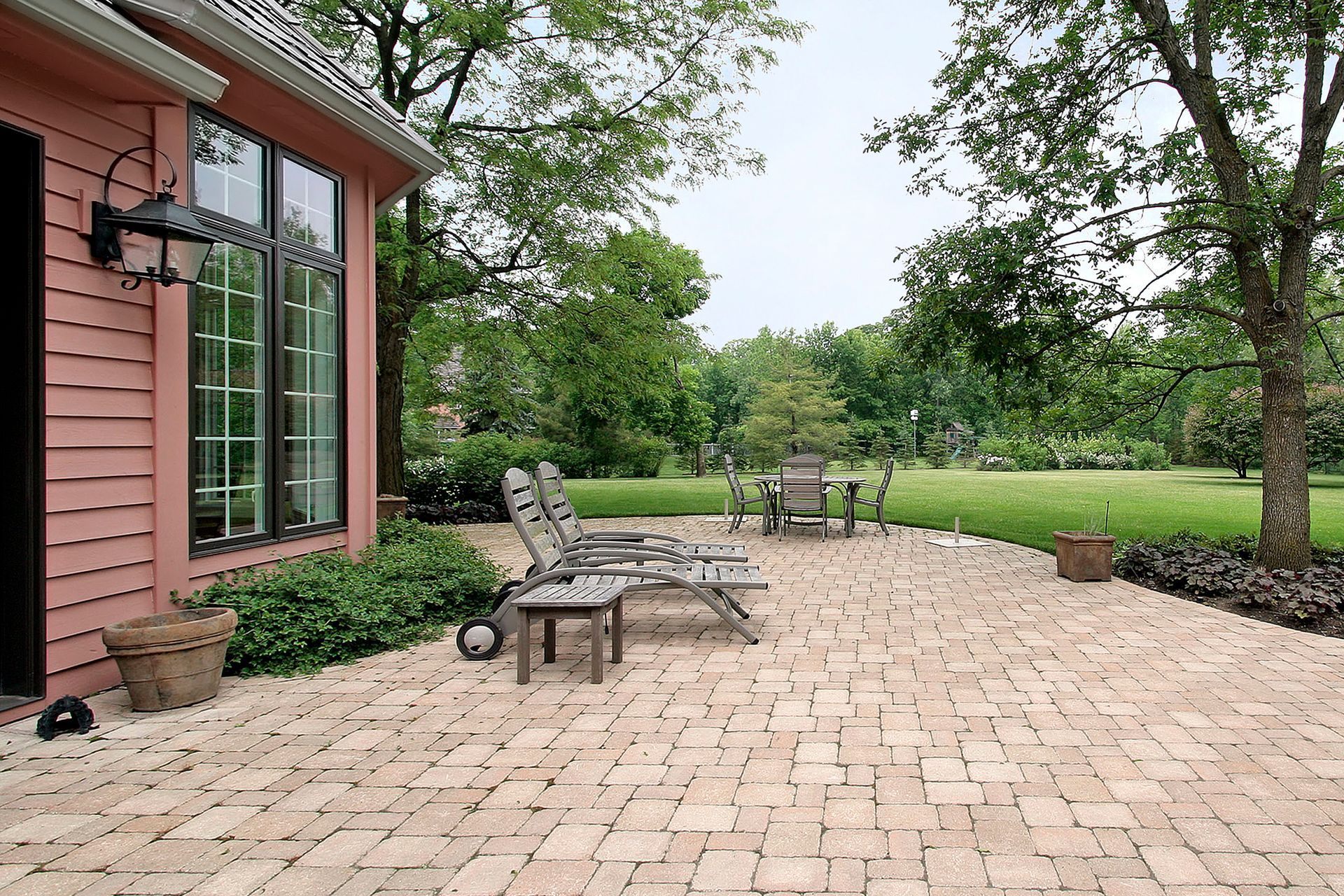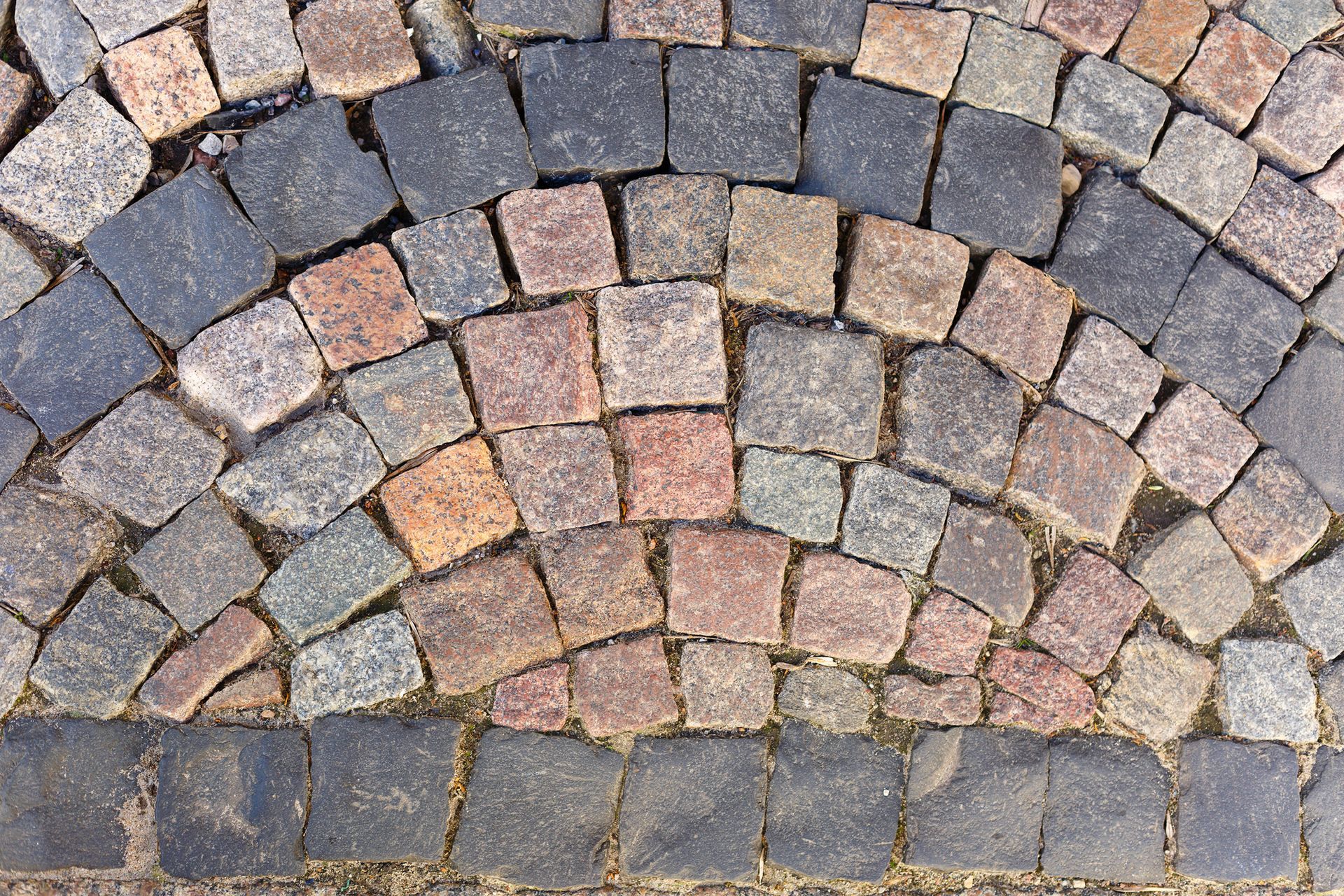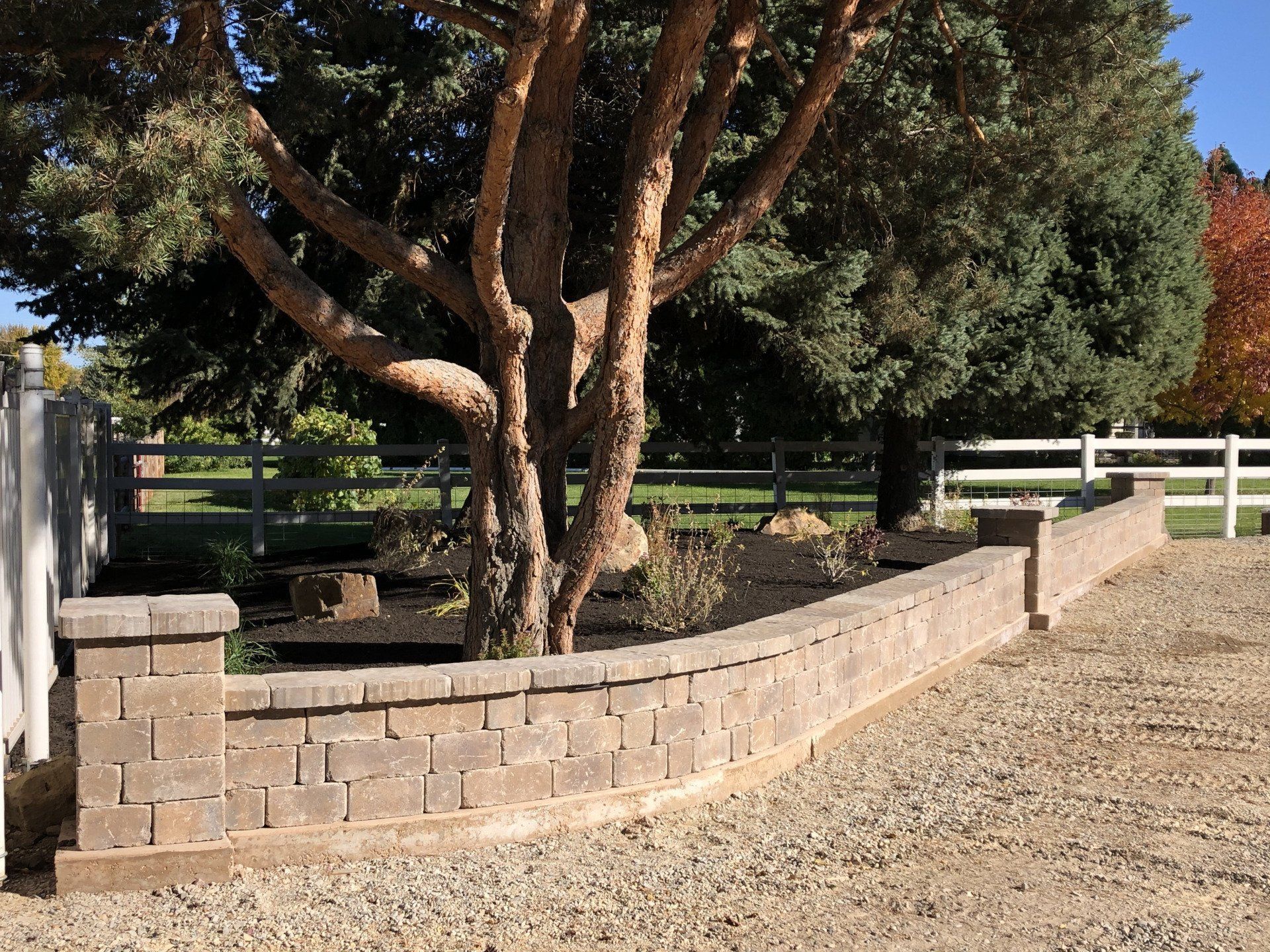Common Mistakes To Avoid When Installing Paving Stones | Reno Paver Specialists
Reno Pavers Expert Tips: Common Pitfalls to Avoid When Installing Paving Stones
Installing paving stones can be a difficult task, but with the right guidance and expertise, it can also be incredibly rewarding. Reno Pavers has experts who can tell you how to avoid making common mistakes when putting down paving stones so that your project goes smoothly. With this knowledge, you will have all the necessary tools to create a beautiful outdoor space that is both aesthetically pleasing and structurally sound.
During the installation process, you have to think carefully about things like the weather, the type of soil, the drainage needs, and the overall design. Also, before starting any work, the right steps must be taken to ensure the best results. Additionally, experts with a lot of experience and top-notch materials are required to construct a successful paved area.
By following these tips and the expert advice from our paver contractors that is given throughout the article, you will feel confident that they can install paving stones correctly on their own or know what questions to ask if they decide to hire a professional. After this, you will learn valuable information about how to get a good-looking result while avoiding costly mistakes caused by bad installation methods.
Preparing The Foundation
Installing paving stones requires a solid foundation to ensure the longevity of the pavement. Before laying out the stone, it is essential to prepare the base surface by compacting the soil underneath. It's also important to choose the right bedding material. Sand or gravel are both good choices, but they shouldn't contain organic materials like peat moss or compost, which can cause the ground to sink over time.
The depth of the bedding layer will depend on how it will be used. For paths or driveways, the layer should be at least 50 mm. Those who want to do this project should carefully choose the materials for each step, from choosing stones that match the look and function they want for their outdoor space to choosing an adhesive or mortar that will keep the stones in place thickly; areas with more traffic may need thicker layers.
Once the bedding material has been spread evenly across the area and leveled with a rake, it must then be compressed using a vibrating plate compactor. This helps reduce settlement and increases durability by creating strong interlocking between each paving stone when it is laid in place.
For the best results, it is best to dampen the bedding a little bit before compacting it. When this step is complete, you have successfully prepared your paving stone foundation and can begin laying out your stones in their desired pattern!
Choosing The Right Materials
When installing paving stones, it's important to choose the right materials after the foundation has been properly prepared. Those who want to do this project should carefully choose the materials for each step, from choosing stones that match the look and function they want for their outdoor space to choosing an adhesive or mortar that will keep the stones in place.
When it comes to stone type, there are numerous options available depending on one's needs and preferences.
- Concrete. Concrete is a strong and adaptable material that may be utilized for paving projects of all kinds. It can be finished in several ways, such as by being brushed, leaving the aggregates showing, or being stamped. Concrete paver is also easy to maintain and clean, which makes it a popular choice for locations with a lot of foot traffic. Also, concrete can be colored to look like it belongs with the rest of the landscape.
- Brick. Brick is a timeless material that gives any outdoor space charm and personality. It comes in a lot of different colors and designs, so it's easy to pair with different outfits. Brick is very strong and doesn't make you slip, so it's a good choice for sidewalks and patios. But it needs to be taken care of regularly so that moss and weeds don't grow between the bricks.
- Natural Stones. Natural stone is a high-quality material that is both beautiful and strong. It comes in several kinds, like limestone, slate, and sandstone, each of which has its own color and texture. Granite, marble, quartzite, bluestone, and sandstone are all natural stones with different textures and levels of durability. Natural stone can be utilized for many things, such as pool decks, patios, and sidewalks. But it is more expensive than other materials and needs to be installed by an expert.
- Gravel. Gravel is a cheap and low-maintenance choice for projects that need to be paved. It comes in many sizes and colors, so it's easy to make it fit your needs. Gravel is extremely porous, so rainwater can seep through it and fill up the water table. But it can move and get uneven over time, so it needs to be leveled every so often.
No matter what kind of paving stones you decide on for your project, understanding the climate conditions of your location is key to long-term success. Depending on where you live, certain materials may not stand up well against harsh weather patterns like prolonged cold spells or humid summers.
So make sure to research each option thoroughly before making your final decision. Therefore, exploring all possible alternatives beforehand is essential for achieving optimal results.
Calculating The Amount Of Stones Needed
The success of a project to lay paving stones depends on being able to figure out how many stones are needed. To accomplish this, a person must be aware of the size and number of square feet that their pavers will cover.
- First, it is important to determine the total area of the space in which the paving stones will be installed. This requires measuring the length and width of the desired space in feet or inches and multiplying them together to get the total square This will make sure they fit right and give the whole structure as much stability as possible. This will make sure they fit right and give the whole structure as much stability as possible.
- It is also important to create a strong base layer before installing the stones. A good A base should be made up of compacted gravel or crushed rock, depending on the type of application being used. Once this has been completed, it is time to begin placing each individual stone onto the bedding course.
- When doing so, pay attention to how much pressure is applied when setting each one into place, as too little may cause instability over time while too much can lead to cracks developing quickly. When all the stones are laid down, use compaction techniques such as vibrational plates or rollers to secure them firmly into their new home. Make sure not to leave any gaps between stones and check for levelness after completion by using a spirit level.
If you follow these steps, you can be sure that your paving stone installation project will go well and that you won't make any of the most common mistakes.
Ensuring Adequate Support And Drainage
For paving stones to be installed correctly, adequate support and drainage are essential. Take the example of a project in which an area needs resurfacing with paving stones. First, it is important to remove any existing mats. This will make sure they fit right and give the whole structure as much stability as possible by removing any piping that could block or impede proper drainage solutions.
After checking for any underground obstacles such as tree roots and pipes, the next step should be to prepare the foundation layer that will provide adequate support for the paving stones. This involves digging out the soil down to at least 12 inches below ground level before filling it back up again with gravel or coarse sand (depending on local regulations). To ensure sufficient drainage, make sure there is a slight pitch from one side towards a lower point where water can easily run off.
In addition, when constructing paved areas close to buildings, walls, or other structures, it is necessary to use mortar bedding between them, which must also include some form of drainage system. Different types of masonry blocks have different requirements, but generally speaking, these need to be laid onto either a concrete base or a fine-grade asphalt overlayment so that they do not move around over time due to weather conditions.
If you don't want water to pool on top of your paved surface during rainstorms or when snow melts, you might want to add more layers of aggregate under the paving stones. This will help the water drain better.
Taking all these steps into account will help create durable pavements with effective water management capabilities.
Reno Pavers For All Your Paving Projects
It is essential to take the necessary steps when installing paving stones in order to ensure a successful and long-lasting project. Key parts of success are preparing the foundation, choosing the right materials, figuring out how many stones are needed, laying the stones correctly, and making sure there is enough support and drainage.
When done right, paving stone installation can last up to 25 years or more with minimal maintenance required.
The National Association of Home Builders conducted research that found that nearly 80 percent of homeowners prefer pavements made from natural stone over alternative installations such as asphalt driveways due to their longevity and low maintenance requirements.
There are a lot of things to think about when putting down paving stones to make sure they look good, last long, and are easy to keep up. Following best practices will result in a beautiful paved area that lasts for many years without requiring major repairs or replacements. When taking on the task of building your own paved area, it’s important not to underestimate the importance of following these simple but critical guidelines for successful results.
Hiring Reno Pavers can help you get the best result you’re dreaming of. We can also ensure the success of the project as we have a team of paver contractors who can guarantee the installation process.
Contact Us
We will get back to you as soon as possible.
Please try again later.
You might also like
Book a Service Today
We will get back to you as soon as possible
Please try again later
Spokane Valley & North Idaho's #1 Paving Stone Specialists!
Navigation
Services
Working hours
- Mon - Wed
- -
- Thu - Sat
- -
- Sunday
- -




